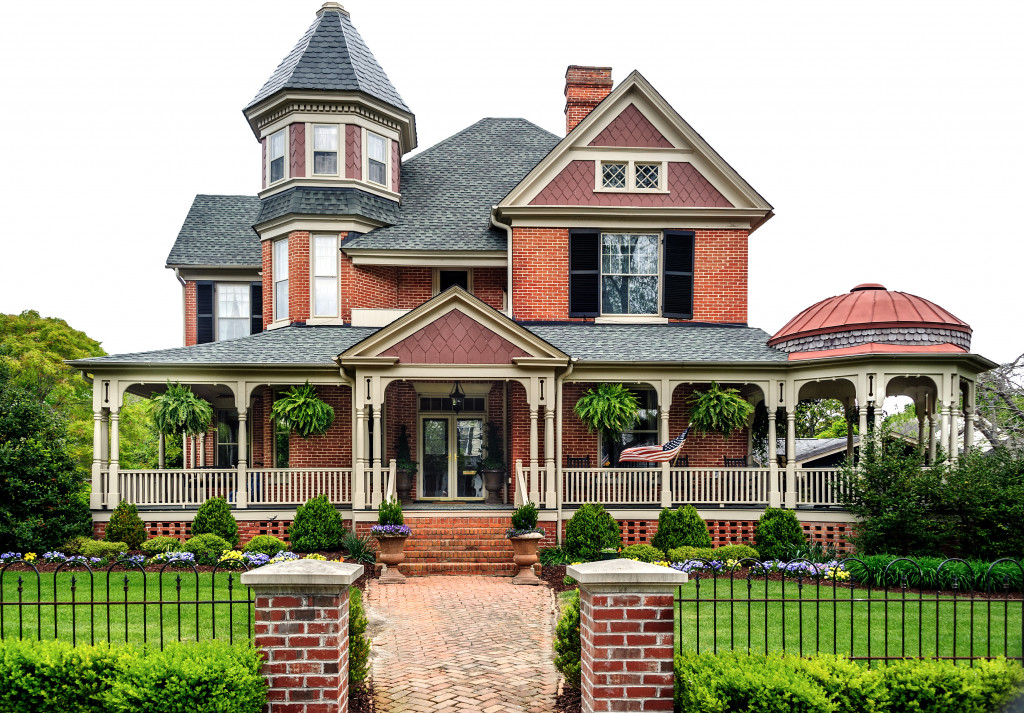Moving into an older home can be a great way to save money and get more for your investment. However, there are some extra considerations if you buy an older home. Before you move in, it’s essential to take the necessary steps to ensure that your new home is safe and comfortable for you and your family. Here’s what you should do before moving into an older home.
1. Have a Professional Home Inspection
A professional home inspection is a must for any house purchase, especially if it’s older. A qualified inspector will check for structural damage, mould, asbestos, electrical wiring, plumbing, and other potential problems. This will help you identify any major repairs or renovations that you need to do before you move in so that you can take care of them ahead of time.
You should also have an energy audit to determine how energy efficient the home is and what steps you can take to improve it. This will help reduce your energy costs in the long run. Especially if the house isn’t equipped with energy-efficient windows, insulation, appliances, and other items, it’s essential to invest in them before moving in.
2. Clean and Sanitize
It’s a good idea to clean your new home before you move in. This includes vacuuming, dusting, scrubbing, and sanitizing surfaces throughout the house. Because older homes may have been vacant for some time, there’s a good chance that pests have taken up residence. This is especially true if rodents were previously present. You’ll need to use pest control methods such as traps or poison to get rid of them.
If a household member has allergies, you also want to clean everything well to minimize dust and other allergens. Make sure to focus on carpet cleaning, as carpets can easily collect dust and other particles that can cause allergic reactions. This is especially important if the home has wall-to-wall carpets. Look for a cleaning service that uses green cleaning products to reduce allergens further and protect your family’s health.

3. Investigate Your Home’s History
When looking at an older home, it’s important to research its history. This step includes looking into any previous renovations, additions, and other changes that have been made. It’s also a good idea to check if any home items were recalled due to safety issues. If so, you’ll want to replace them as soon as possible.
You can find information about the home’s history by talking to previous homeowners, researching records at your local government office, or hiring a professional researcher. It will help you ensure the house is up to current building codes and that any significant renovations have been done correctly. You can also use this information to help plan future updates or repairs the house may need.
4. Make Necessary Repairs
Once you move in, it’s essential to check for any needed repairs. This includes checking the condition of the roof, foundation, walls, windows, and door frames. Look for signs of water damage or mould, as these can indicate a severe issue you need to address. If the home has outdated or broken fixtures such as light switches, door knobs, or sinks, it’s a good idea to replace them as soon as possible.
Of course, you must inspect your home’s exterior and ensure that it is properly maintained. Check for loose shingles, cracked siding, and any signs of rot or decay. Ensure the lawn is mowed and any trees or shrubs are regularly trimmed. Doing this will help keep your home looking nice and make it safer for you and your family.
5. Investigate Insurance Requirements
Because older homes may have a higher risk of damages or accidents, it’s important to ensure that you are adequately insured. Talk to an insurance agent or broker to discuss the types of coverage you need for your home. You may also have to update your policy as needed. Depending on your coverage type, you may need to make specific improvements to qualify for certain discounts or benefits.
Finally, if your home is in a flood zone or an area prone to natural disasters, make sure you purchase the correct type of insurance. This will help protect your home and belongings in an emergency or disaster. You can’t predict when these events may occur, so it’s essential to make sure you’re adequately prepared.
Moving into an older home can be exciting, but some special considerations must be taken when making this purchase. Doing these things ahead of time will help ensure your new home is safe and comfortable from day one! With these tips under your belt, all that’s left is packing boxes and getting ready for your big move.

